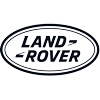 2007 Land Rover Freelander II Dimensions, Size & Specs
2007 Land Rover Freelander II Dimensions, Size & SpecsMeasurements of the 2007 Land Rover Freelander II, engineered for optimal performance and comfort
| Dimensions | |
|---|---|
| Length: | 4500 mm177.2 in14.8 ft |
| Width: | 1910 mm75.2 in6.3 ft |
| Height: | 1740 mm68.5 in5.7 ft |
| Trunk Capacity: | 755 liter26.7 cu ft |
| Trunk Capacity (Max): | 1670 liter59.0 cu ft |
| Weight Specifications | |
| Curb Weight: | 1770 kg3902 lbs |
| Maximal permitted Weight: | 2505 kg5523 lbs |
| Tire Specifications | |
| Rims Size: |
|
| Tire Size: |
|
The Land Rover Freelander II, produced from 2006 to 2010 with the 2007 model year representing this generation, is a versatile compact SUV notably designed for urban and off-road use. This model's exterior measures 4500 mm (177.2 inches) in length, 1910 mm (75.2 inches) in width, and 1740 mm (68.5 inches) in height, giving it a robust and commanding presence on the road while still being manageable in city environments. The curb weight is approximately 1770 kg (3901 lbs), supporting a maximum weight capacity of 2505 kg (5524 lbs), which reflects its solid build and ability to carry passengers and cargo comfortably. Inside, the Freelander II offers substantial practicality with a luggage capacity of 755 liters (26.6 cubic feet), which expands impressively to 1670 liters (58.9 cubic feet) when the rear seats are folded down, catering well to family trips or hauling larger items. The vehicle rolls on 16-inch rims with 215/75 R16 tires, contributing to both a stable ride and off-road readiness. Its combination of size, weight, and cargo versatility positions it as an ideal choice in the compact SUV segment for buyers seeking Land Rover's traditional ruggedness and comfort.
Discover the standout features that make the 2007 Land Rover Freelander II a leader in its class
Have a question? Please check our knowledgebase first.
The Land Rover Freelander II, produced between 2006 and 2010, measures 4500 mm (177.2 inches) in length, 1910 mm (75.2 inches) in width, and 1740 mm (68.5 inches) in height. These dimensions place it firmly in the compact SUV category, offering a good balance between interior space and maneuverability. The length of 4500 mm provides ample cabin room and cargo capacity, while the width of 1910 mm ensures a comfortable interior for passengers. The height of 1740 mm gives it a commanding presence on the road and contributes to good ground clearance for off-road capabilities typical of Land Rover vehicles.
The Land Rover Freelander II has a curb weight of approximately 1770 kg (3902 lbs). This weight reflects the vehicle as equipped for driving, including standard equipment, fluids, fuel, and a driver but without passengers or cargo. Its maximum permissible weight, which includes passengers, cargo, and additional load, is 2505 kg (5524 lbs). This shows the Freelander II's capability to handle a considerable payload, making it suitable for families and outdoor activities where additional gear or passenger weight is involved.
The Land Rover Freelander II offers a luggage capacity of 755 liters (26.7 cubic feet) with the rear seats in place, which provides ample space for daily needs like groceries, sports equipment, or luggage for a trip. When you fold the rear seats down, the luggage space expands significantly to 1670 liters (59 cubic feet), enabling the transport of larger items such as bicycles, furniture pieces, or multiple large suitcases. This versatility makes the Freelander II practical for both everyday use and extended leisure or utility purposes.
The standard rim size for the Land Rover Freelander II is 16 inches, which balances ride comfort, off-road capability, and cost. The tire size paired with these rims is 215/75 R16. This tire dimension offers a good mix of on-road stability, off-road traction, and acceptable fuel economy. The 75 series height indicates a taller sidewall beneficial for absorbing bumps and rough terrain, which aligns with the SUV’s versatile driving intentions, both in urban and off-road environments.
The Land Rover Freelander II, with its dimensions of 4500 mm length, 1910 mm width, and 1740 mm height, generally fits into a standard single-car garage in most regions, which typically measures around 6 meters (19.7 feet) in length, 3 meters (9.8 feet) in width, and 2.1-2.4 meters (6.9-7.9 feet) in height. However, due to its width of nearly 1.91 meters (75.2 inches), clearance might be tight depending on the garage layout, door width, and any stored items on the sides. Height clearance is usually sufficient. It's advisable to measure your garage space carefully to ensure comfortable access and parking.
Compared to the Freelander I, the Freelander II is larger in every key dimension, reflecting Land Rover's aim to offer more interior space, comfort, and capability. The Freelander I had a length of approximately 4,205 mm (165.5 inches), width of about 1,850 mm (72.8 inches), and height of around 1,680 mm (66.1 inches). In contrast, the Freelander II stretches 4500 mm (177.2 inches) long, 1910 mm (75.2 inches) wide, and 1740 mm (68.5 inches) tall. This increase means the Freelander II offers noticeably more passenger comfort, enhanced cargo capacity, and a stronger road presence, moving the model closer to a midsize SUV segment while retaining its compact utility characteristics.
When compared to other compact SUVs from the mid-2000s, the Freelander II is slightly larger and more robustly built. For example, the Toyota RAV4 (2006–2012) measured roughly 4485 mm in length and 1795 mm in width, making the Freelander II longer and wider, which translates to more interior room and cargo space. Similarly, the BMW X3 (E83, 2003–2010) measured about 4550 mm in length and 1831 mm in width, so the Freelander II fits between these commonly known competitors. This extra size benefits passengers and practical utility, but Land Rover's traditional off-road capability and ruggedness differentiate it from mostly road-focused rivals.
The Land Rover Freelander II offers roomy seating for five adults, thanks to its increased length and width compared to its predecessor. The spacious cabin provides good headroom and legroom for both front and rear passengers, aided by the vehicle’s height of 1740 mm. The seating is designed for comfort and support on long journeys, complemented by elevated seating positions that enhance visibility and the overall commanding driving experience. The quality of materials and ergonomics reinforce a premium feel, making it appealing for both urban commuting and adventurous trips.
While the Freelander II’s size offers many benefits, such as greater passenger comfort and cargo capacity, it may present challenges in tight urban settings. The vehicle’s width of 1910 mm (75.2 inches) means fitting into narrow parking spaces or congested city streets can be more difficult compared to subcompact SUVs or hatchbacks. However, its adequate length of 4500 mm (177.2 inches) and relatively high driving position improve driver visibility, which helps in maneuvering. Features such as parking sensors and optional rearview cameras (depending on trim) can mitigate some handling challenges in confined spaces.
The Land Rover Freelander II maintains strong off-road capabilities characteristic of the brand, despite its size and weight. With a curb weight of 1770 kg (3902 lbs) and a robust chassis, it handles rough terrains effectively. Its weight aids in providing stability, though it remains light enough to traverse difficult paths without excessive power demands. The vehicle's height of 1740 mm (68.5 inches) allows for favorable ground clearance, essential for off-road driving. The size balances between agility and roominess, making it versatile for both adventurous terrain and comfortable everyday driving.
Discover similar sized cars.
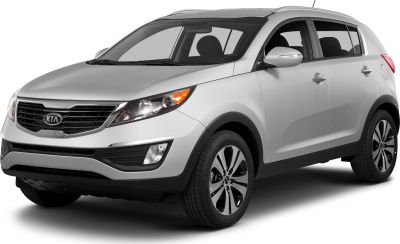
| Production: | 2010-2014 |
|---|---|
| Model Year: | 2010 |
| Length: | 4440 mm174.8 in |
| Width: | 1855 mm73.0 in |
| Height: | 1645-1685 mm64.8-66.3 in |
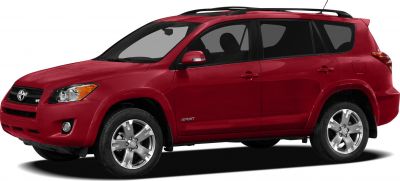
| Production: | 2010-2013 |
|---|---|
| Model Year: | 2011 |
| Length: | 4335-4445 mm170.7-175.0 in |
| Width: | 1815-1855 mm71.5-73.0 in |
| Height: | 1685-1720 mm66.3-67.7 in |
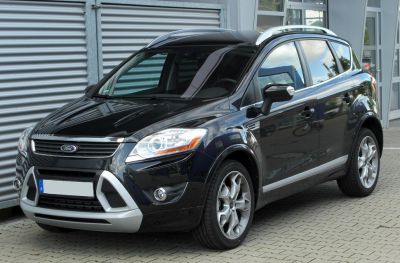
| Production: | 2010-2012 |
|---|---|
| Model Year: | 2010 |
| Length: | 4443 mm174.9 in |
| Width: | 1842 mm72.5 in |
| Height: | 1710 mm67.3 in |
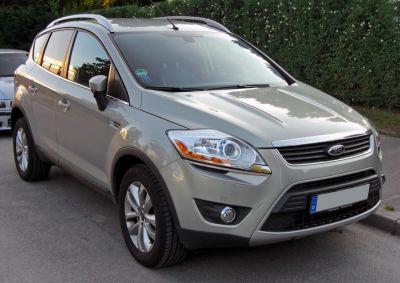
| Production: | 2008-2010 |
|---|---|
| Model Year: | 2008 |
| Length: | 4443 mm174.9 in |
| Width: | 1832 mm72.1 in |
| Height: | 1677 mm66.0 in |
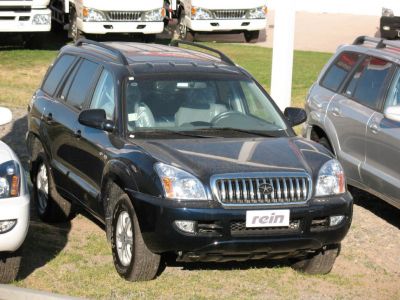
| Production: | 2007-2013 |
|---|---|
| Model Year: | 2007 |
| Length: | 4500 mm177.2 in |
| Width: | 1875 mm73.8 in |
| Height: | 1730 mm68.1 in |
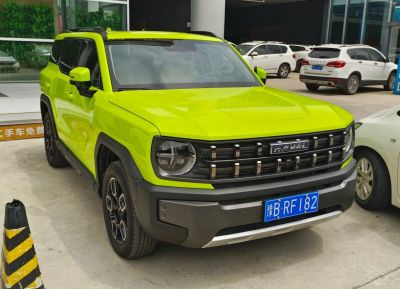
| Production: | 2022-present |
|---|---|
| Model Year: | 2022 |
| Length: | 4520 mm178.0 in |
| Width: | 1875 mm73.8 in |
| Height: | 1745 mm68.7 in |
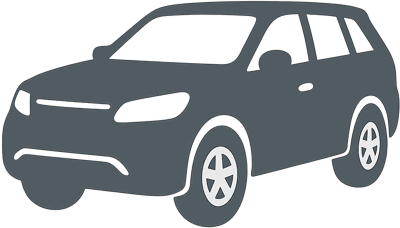
| Production: | 2017-present |
|---|---|
| Model Year: | 2017 |
| Length: | 4426 mm174.3 in |
| Width: | 1862 mm73.3 in |
| Height: | 1709 mm67.3 in |
